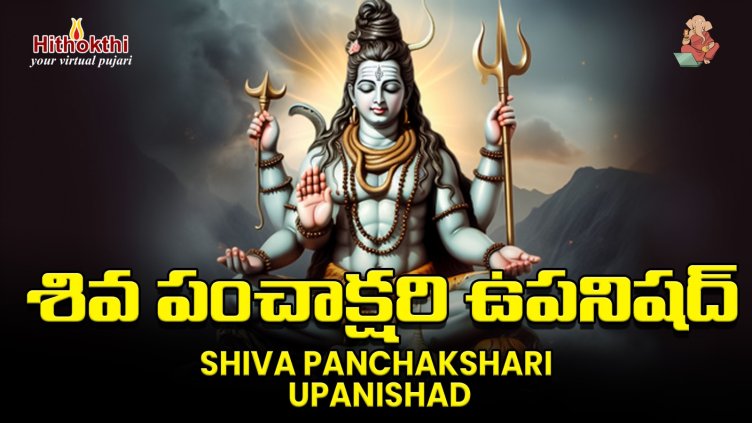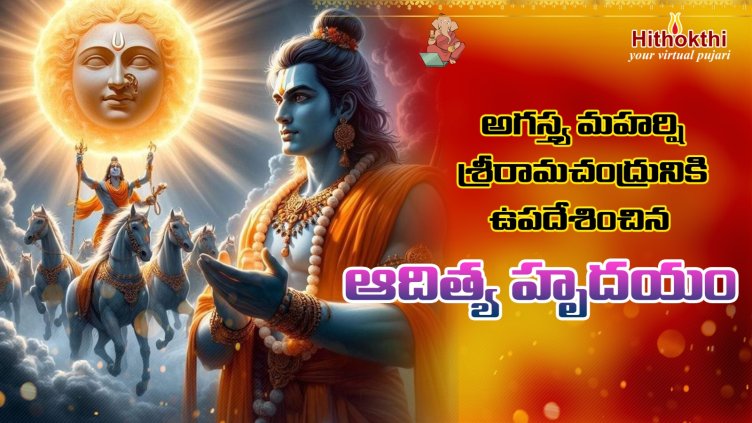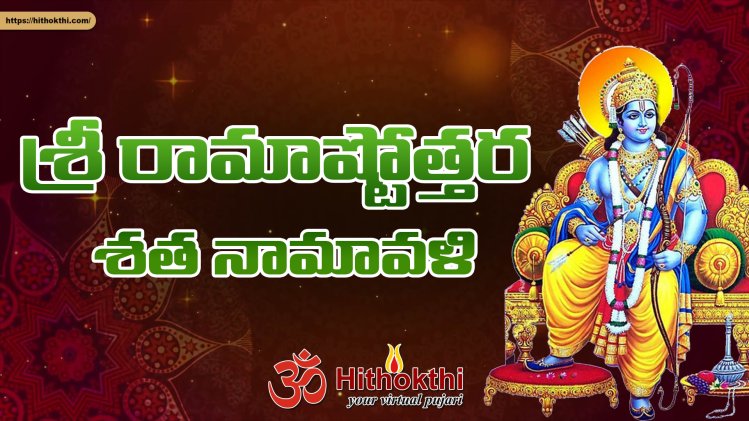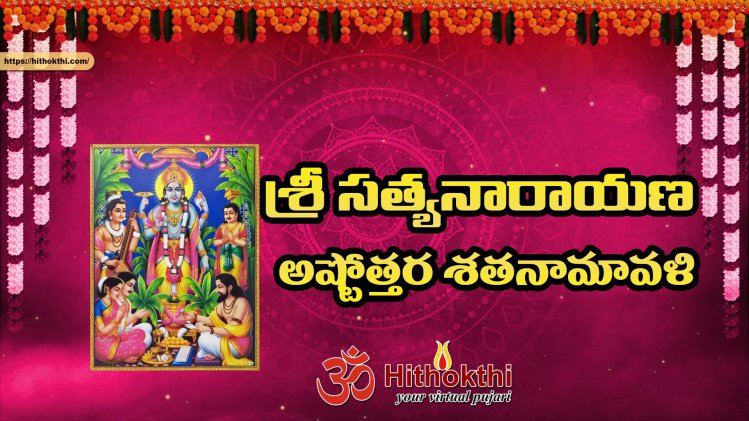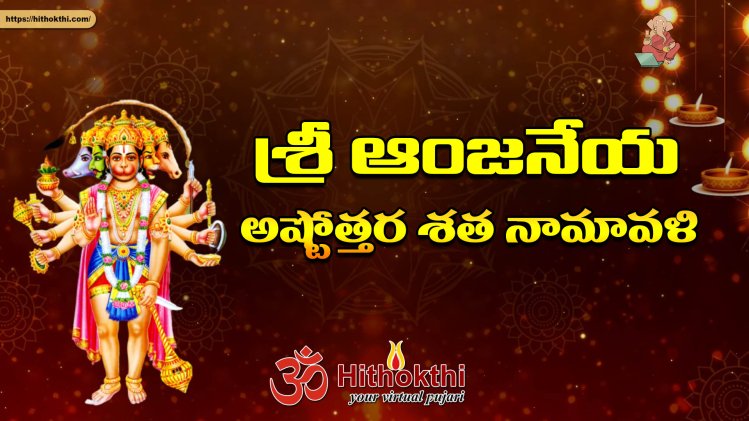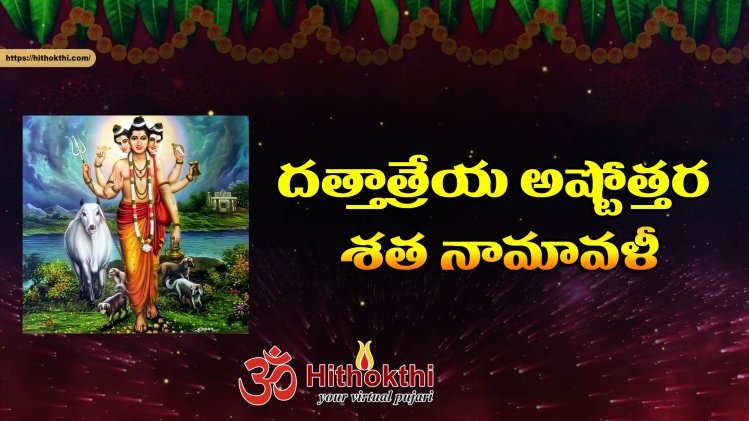Keeping up the rich cultural heritage and legacy
Celebrating Sankranti festival in a traditional way, to preserve the rich culture and heritage for future generations, is continuing in most of the villages in East Godavari districts. Apart from cock-fights all the families, without any disparities, are celebrating the three-day festival with gaiety and fervour from Monday.
Children from different villages in Kadiyam, Jegurupadu, Palla Kadiyam, Vemagiri in Rajahmundry rural areas, Samanasa, Ambajipeta, Mummidivaram, Razole and Tatipaka in Konaseema used to collect cow-dung cakes (pidakalu) from each house and light a bonfire on ‘Bhogi’. “This practice has been restored from the last five-years in our village after Mr. Chilukuri Srinivasa Rao, a school headmaster and state Vriksha Mitra Awardee started enlightening us on the importance and history of different festivals,” said Mrs. Annamdevula Vijaya, former mandal vice-president of Jegurupadu.
In 2011, villagers of Samanasa village in Amalapuram rural mandal created a record by making 2-km long cow-dung cake chain, and burnt the same on the eve of Bhogi. Making parched and wet rice (atukulu) from paddy is an old practice in villages of East Godavari on the eve of Sankranti. Distributing ‘atukulu’ to children below 10 years is called distribution of ‘Kuchela Prasadam’, which relates to an episode in Hindu epic Bhagavatam. On Bhogi students of primary and upper primary schools in villages visit their school teachers and offer some cash and sweets and sing a poem “Ayyavariki chaalu Idu varahalu…pilla variki chalu pappu bellalu” which denotes that teachers should be offered some dakshina and obtain the blessings of their teachers. on the eve of Sankranti festival.
‘Bhogi pandlu’
‘Bhogi pandlu’ is another tradition in all Telugu homes, where children below five years sit in beautifully decorated chairs and are showered with ‘regi pandlu’ by elderly people.

